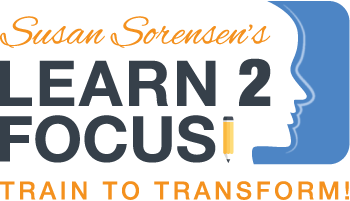Attention, Reading and Writing Challenges? Maybe It's the STNR
/Merry almost Christmas! I know that we’ve talked about primary reflexes quite a bit during the past couple weeks. And I just want to say…we’re only covering just a few of them! Did you know that there are actually more than 70 primary reflexes in babies? It is incredible to think about how intricate and complex our bodies are made, and that even the slightest imbalance, such as one reflex retaining when it shouldn’t, can cause such a ripple effect to our learning capabilities down the road.
Today, I wanted to share about the Symmetrical Tonic Neck Reflex (STNR). It’s a fancy name for a reflex that’s extremely important in the baby’s developmental stage. Basically, it’s a bridging reflex that helps the baby transition from lying on the floor to being able to crawl.
So how does it work? First, STNR helps the baby separate his or her automatic movement of the head from the movement of the arms and legs. When the baby is born, the movements of the head, arms and legs are initially not completely independent of each other. It’s STNR that helps unlink these movements, and we as parents get to see the baby make its first exciting transition to the wide world of crawling!
However, if STNR remains in the baby past its 8 to 12-month integration point, it can cause difficulties later in life. For example, the baby may grow up to have poor posture, headaches from muscle tension and—perhaps most detrimental to his or her schooling—difficulty reading, writing and sitting still. Other signs of unintegrated STNR include vision disorders and having trouble focusing on tasks.
Do these symptoms sound familiar? Maybe your child has STNR or another primary reflex that hasn’t integrated yet. It’s easy to assume our child has one kind of disorder or another, and quickly resort to using medication or focusing only on a specific training program. However, I know that as a parent, we want to know all the factors. We want to have all the knowledge that is out there to help our child. And as we’ve been discussing, these primary reflexes potentially play significant roles in our child’s learning difficulties. If that’s the case, reflex training such as the rhythmic movement training (RMT) can help. I’ve seen incredible progress in my students with RMT, and want to encourage you to consider it as an additional program. Let’s see your child become a success story!

